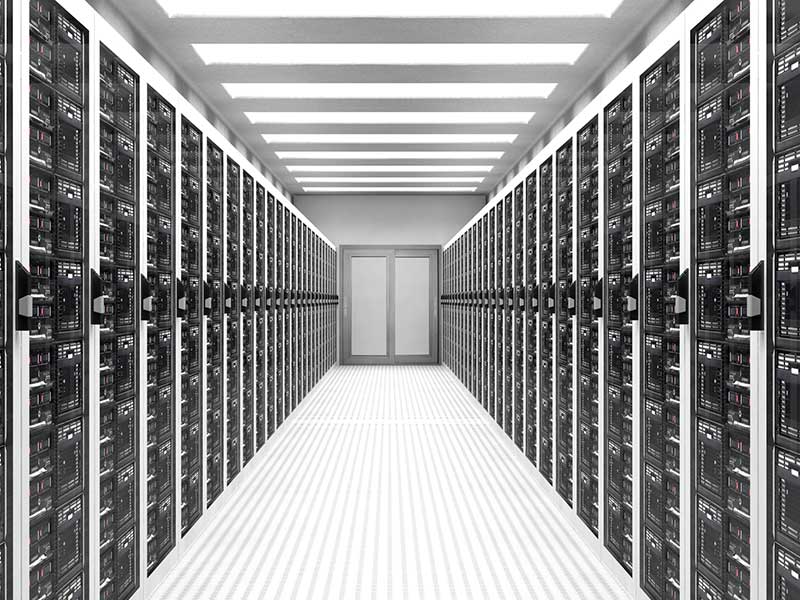Apple to invest $921m in renewable powered data centre
The US tech giant has announced plans to build a second green energy data centre in Denmark

The data centres will power Apple's online services across Europe
On July 10, Apple confirmed plans to build a second data centre in southern Denmark by 2019. The centre will be powered entirely by renewable methods, in keeping with Apple’s drive to maintain 100 precent green energy production across its fleet of global data centres.
As the use of online services has exploded, the need to build centres to house and process vast quantities of internet data has become increasingly pressing. Despite data housing provision still being a relatively young business concept, Denmark is already emerging as the European frontrunner in the sector. This reputation was reinforced in April, as Facebook announced it would build its first centre outside of the US in Denmark.
With construction already underway on Apple’s first centre in the country – and repeated delays hampering the company’s planned project on the Irish coast – Denmark is likely to be the only European country to house an Apple centre in the near future. Once completed, the centres will power Apple’s online services (such as iTunes and Maps) for customers across Europe.
The data centres will use the methane gas expelled by local agricultural waste to produce electricity
The announcement of the company’s second Danish project acts as a positive endorsement for the construction of Apple’s first centre. While Apple often meets its commitment to renewable energy generation through purchase power agreements, the original centre is designed to produce its own energy.
In order to minimise the company’s dependence on energy companies, Apple has partnered with researchers from the local Aarhus University to develop a biomass generation system. As detailed in its annual Environment Responsibility Report, the system will use the methane gas expelled by agricultural waste to produce electricity. In return, local farmers will benefit from a nutrient rich crop fertiliser – a waste product of the generation system.
If all goes to plan, the first centre will be up and running by the end of this year, with operations on the second due to commence by 2019.













